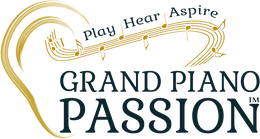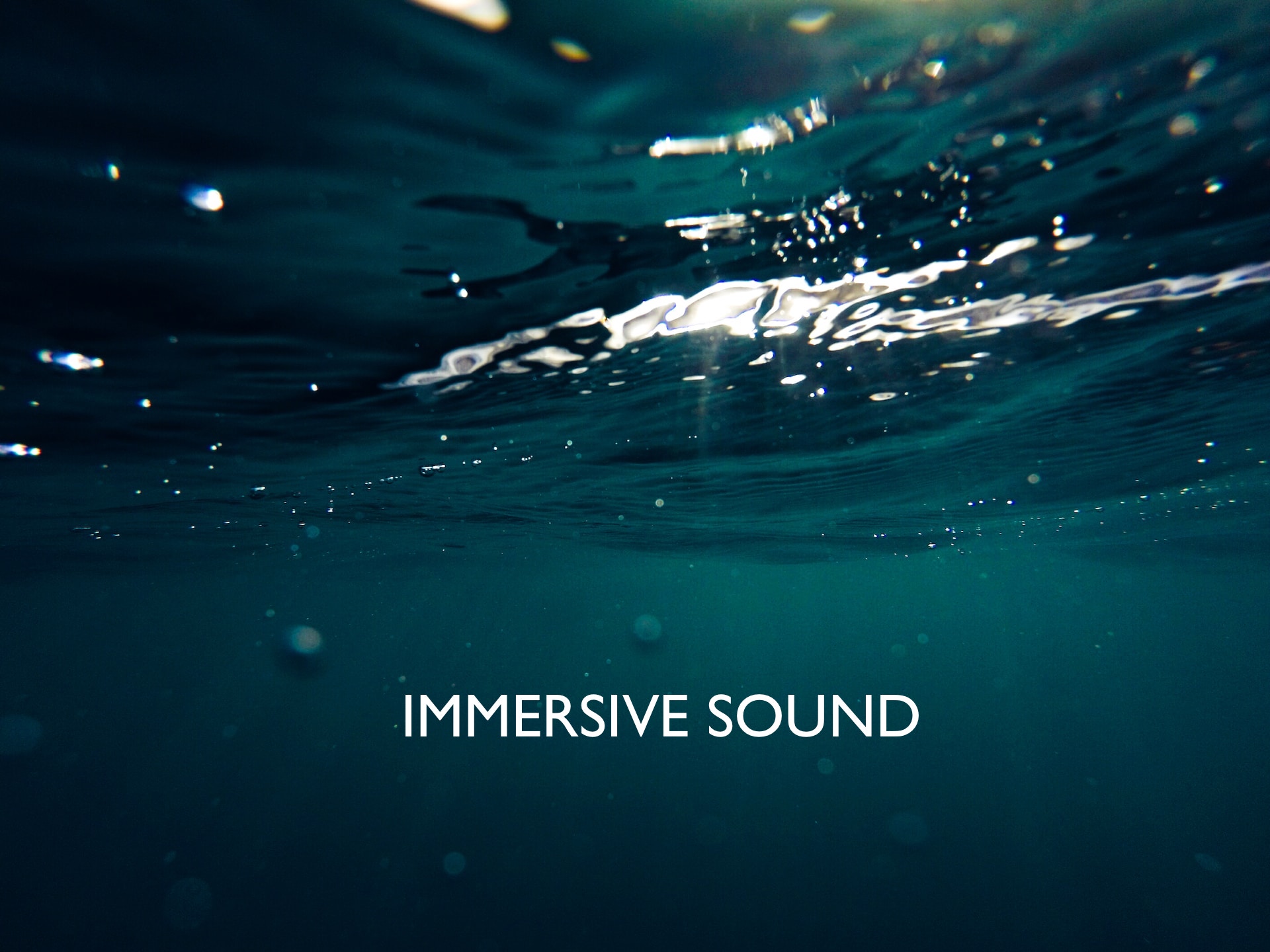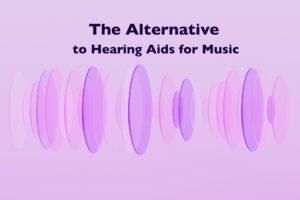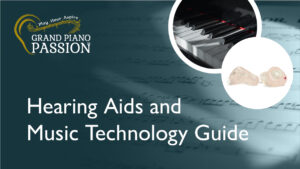I recently switched from hearing aids to in-ear monitors with customized sound for all things music – practicing the piano, piano performing, and music listening. Now that I’ve immersed myself in the in-ear monitors’ beautiful lake of sound, I cannot imagine ever leaving it. When I play the piano, treble tones glint like sunlight in little rectangles on the water’s surface, while bass tones sound within the lake’s depth, cool and mysterious.
(My product review provides a full evaluation of ASI Audio’s 3DME In-Ear Monitor System.)
Like much of my journey on the piano, I found my way to using the in-ear monitors much later than I would have liked.
Playing with Hearing Aids
I have been playing the piano with hearing aids since I was 12. When I was 16, despite the fact that I performed Rachmaninoff’s Prelude in C-sharp minor with great feeling and technical facility, I was told that with my hearing loss, I’d never be a concert pianist. I was pressured to quit.
When I finally found my way back to the piano in my early 40s, my hearing loss had worsened. I upgraded to hearing aids with a music setting, then partnered with music audiologists and an audio engineer to write explanatory articles for Grand Piano Passion™ on how to optimize the music setting. My hope was that by embracing technology, I could continue to play the piano.
None of the best audiologists could cure my hearing aids’ jangling, metallic reproduction of sound.
Yet the piano sounded different to me than when I had played as an adolescent. My genetic hearing loss, slowly progressive, is programmed to chip away at my hearing over time. As my hearing deteriorated, my hearing aids amplified sound in greater quantities. My music took on a jangling, metallic quality.
None of the best audiologists, latest programming insight, or repeated trips for tweaking the music program could solve the problem. To compensate, I sang the music inside of my mind while I played, overlaying an imagined sound on what my hearing aids piped into my ears.
I usually felt grateful for my hearing aids, to the point where I viewed them as an extension of my body, enabling me to interact with clients, friends, and family. But at the piano, I resented how my aids transformed the piano’s smooth, natural sound waves into a digital output, hammering my ears with its spiky 0 and 1 bits. I felt cheated because digital sound is only a representation of true sound, a facsimile that I suspected somehow placed a limit on my enjoyment of the music.
My conversation with Dr. Nina Kraus, author of the book Of Sound Mind: How Our Brain Constructs a Meaningful Sonic World, explained my intuition. A digital process is ultimately foreign to us as humans, she said. Even at the cellular level, “we work in an analog fashion.” For example, “the movement of ions across cell membranes is an analog process. It’s not on or off. It’s a graded process.”
Deciding to Switch
In the midst of my struggles at the piano, a Grand Piano Passion™ reader who is a professional performer switched from hearing aids to 3DME in-ear monitors for music. “I should try those,” I told myself. But overwhelmed at the thought of a second pair of hearing devices, I procrastinated. Along came the pandemic, with its strange, energy-sucking quality, and I failed to act.
When I emerged from the pandemic, my hearing loss had deteriorated further, requiring a substantive reprogramming of my hearing aids. The piano sounded even more screechy, especially in the higher octaves. Imagining the music in its full-bodied richness required far more mental effort than before. “What are you waiting for?” I asked myself. I ordered a pair of the in-ear monitors.
I’m currently studying the expansive, wishful Brahms Intermezzo in A Major. In the piece’s very center, large three and four-note chords mark an interlude. The top notes on these chords reach a high F-sharp, a tone in that with my hearing aids, I struggled to find much beauty. But with the in-ear monitors, each of the chord’s high melodic tones seems to pulse a glimmer of sunlight on a lake of sound.
• The study takes 3 hours.
• The study location is the Frances Searle Building on Northwestern University’s Evanston campus, at 2240 Campus Dr., Evanston, Il 60208.
• Participants are responsible for their own travel to the study site.
• Participants will complete a questionnaire ahead of time at home.
• The study includes: an audiological evaluation (hearing test), language and cognition-based assessments, and an EEG recording of participants’ brainwaves in response to sound. While the lab measures brainwaves, participants may watch a movie, relax, or sleep.
• Participants will be compensated $15 per hour for the study time.
• Call or email brainvolts AT gmail DOT com for more information.





I have been concerned about hearing quality since the conductor of our penfield pops pulled his hearing aids out and said, I cannot tolerate the sound! Now that I am even older, I worry about the sound, playing with clarinet choir and having been a piano major I think about the quality of sound from my piano. I am just starting this journey and this article is timely. Thank you for this possibility.
Jeanne, thanks for sharing your experiences! I’m so glad that you found the article to be timely.